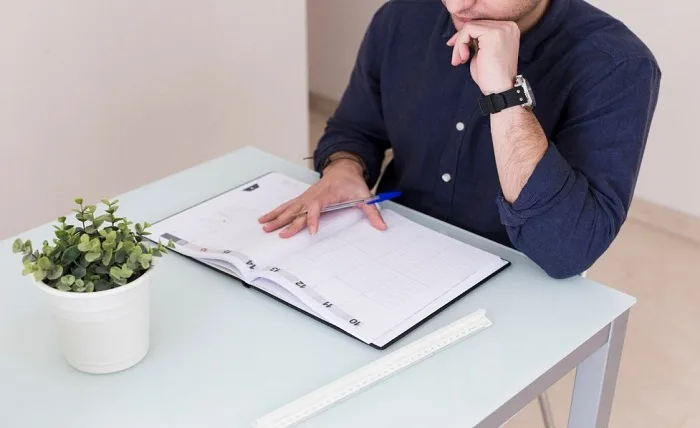Weather damage is the leading cause of shingle, tile or metal roof wear and tear. When hurricanes strike, the damage can be catastrophic.
Taking “before” photos and scanning and saving digital copies of limited warranties can help streamline insurance claims after a storm.
Keeping trees trimmed can reduce the risk of roof damage. High winds can pick up tree branches and slam them into your home or roof.
Make Sure the Roof is Structurally Sound
If a home is in an area prone to hurricanes, it should be constructed with roof materials that can resist high winds. These materials are generally rated for specific wind zones. The shape and design of the home can also impact its ability to stand up to strong winds. For instance, an octagonal floor plan is a safer option than a square structure.
Having a professional from Texas Choice Roofing inspect the home before the hurricane season starts is a good idea. This should include a thorough checkup of the shingles and roof tiles. Any weak points should be repaired. Loose shingles or tiles will likely become projectiles during a storm, and leaky areas can cause severe damage.
Additionally, it is important to keep the house free of any debris. This can include lawn ornaments, trash cans, and large items that are difficult or unsafe to bring inside during a storm. Trimming trees close to or over the roof is also a good idea.
Install Hurricane Straps
Hurricane straps, called “hurricane ties,” are metal brackets connecting beams to wall structures to minimize the risk of roofs blowing off during extreme wind conditions. Many newer homes already have them installed, but older forms can benefit from these essential safeguards.
Using a stud finder or closely inspecting your attic, locate and mark the locations of the rafters where you intend to attach the hurricane straps. The clips should be firmly anchored to the wood using galvanized nails or screws. It’s best to use ring shank nails, which offer better grip and resist movement or rust.
Although no roofing material is 100% hurricane-proof, inspecting your Florida roofing and securing loose objects can significantly reduce the risk of damage during a storm. In addition to installing hurricane straps, consider other preventative measures like regularly maintaining your roof and securing trees and shrubs near your home. These steps are an excellent way to save money on repairs or replacements and keep your family safe during severe weather conditions.
Check Your Homeowner’s Insurance
The roof has the most direct exposure to Mother Nature in all parts of your home. For northern climates, this means snow or hail storms; for southern regions, it is tropical wind and cyclones. In addition to the obvious damage that hurricanes can cause, other problems can arise during and after a storm. For example, strong winds can bring down trees that fall on your house.
It is important to check your homeowner’s insurance. Most policies cover damage from hurricanes, although you should always verify the specific terms of your approach to be certain. It is also good to ensure separate flood and hurricane protection policies and your homeowner’s insurance. Having all of your documentation organized and easily accessible can help streamline the process of filing an insurance claim. Save receipts, pictures, and reports from inspections to give yourself the best chance of having your claims approved.
Hire a Professional
Taking steps to prepare your home before hurricane season can help minimize the damage it might sustain. Inspecting your roof can also ensure issues are addressed and repaired before the storm hits. Keeping track of insurance documents and warranties is a good idea, as they expedite any claims you must file.
Investing in impact-resistant roofing materials and reinforcing your roof decking are the most effective ways to protect your property from hurricane damage. A roofing contractor can also help you decide which roof is right for your home.
Moreover, securing any yard amenities that might get knocked over by high winds is also important. This includes everything from trampolines to garbage cans. Consider investing in a metal roof to reduce the risk of damage caused by flying debris during hurricanes. A professional inspection before hurricane season can help you make short-term repairs or long-term upgrades.



